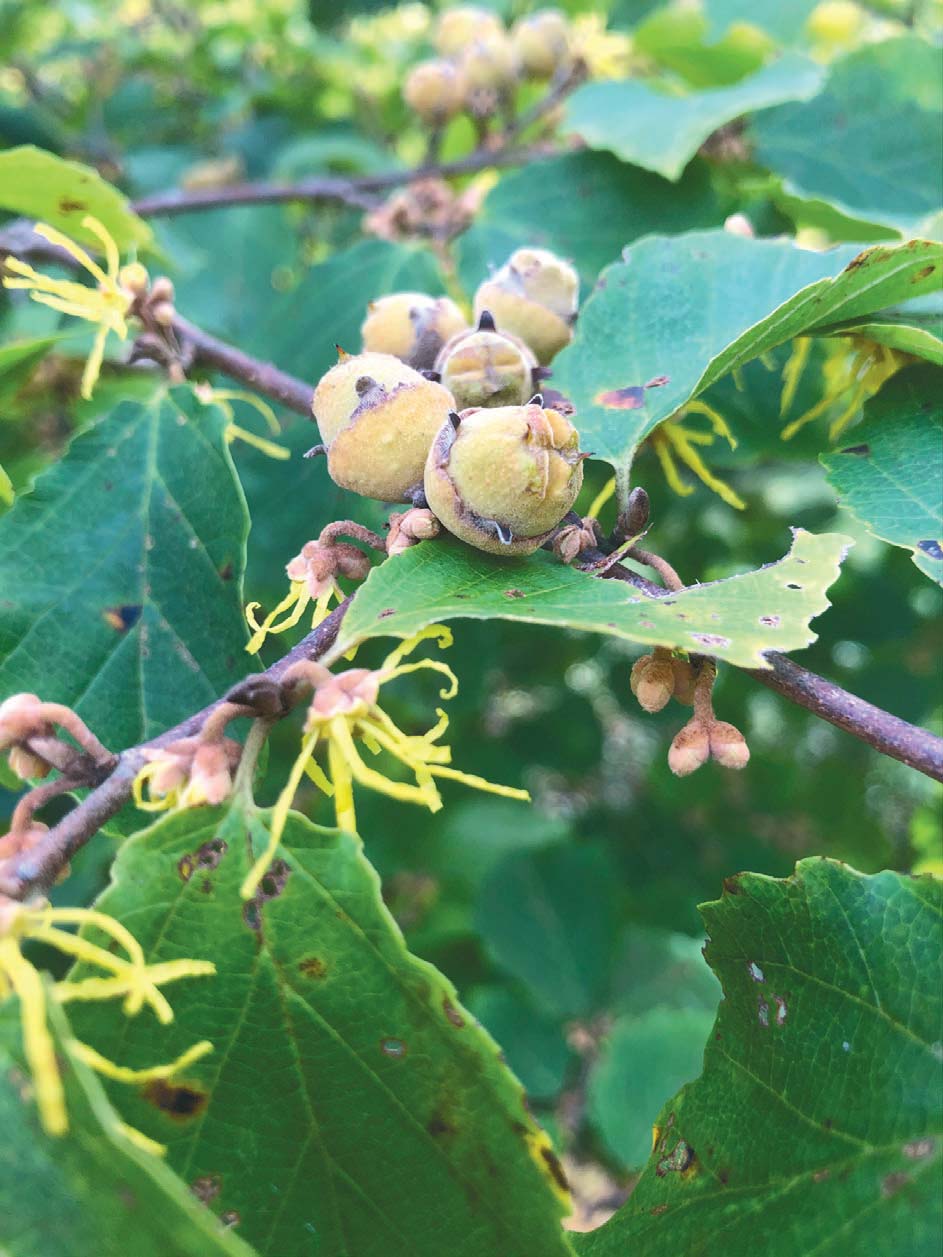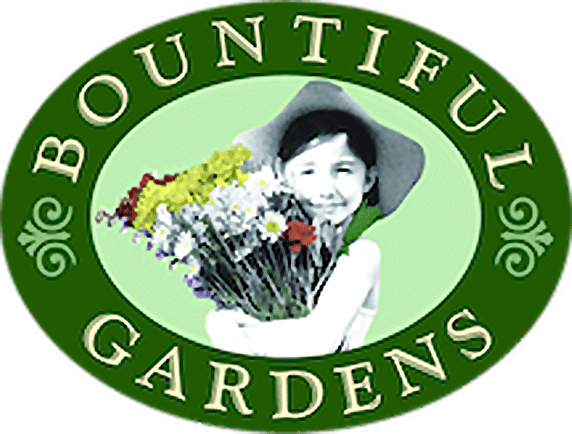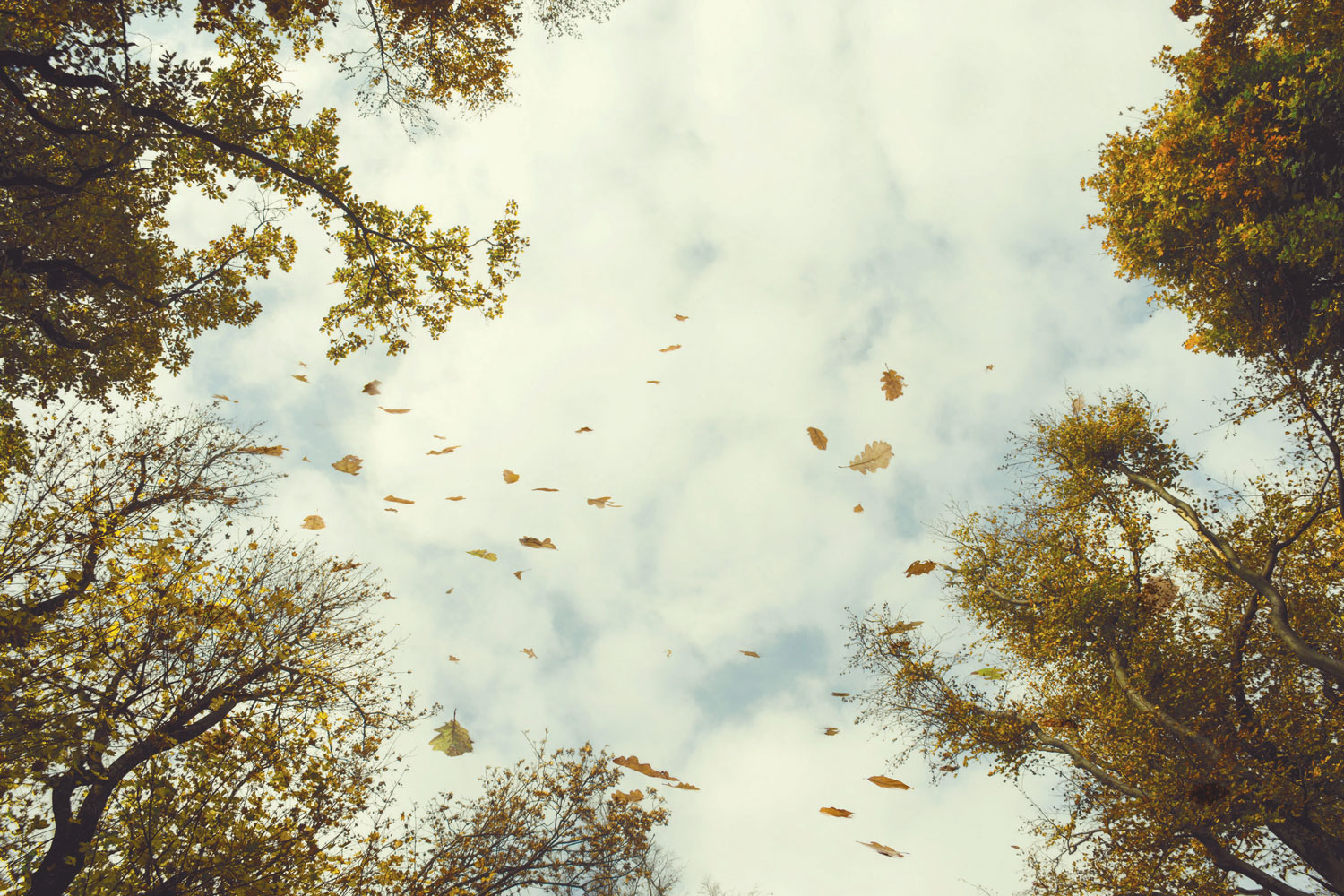In Praise of Trees
This fall I planted a pagoda dogwood (Cornus alternifolia) in my yard. It was a gift from a friend, another tree hugger, who knew it was a favorite native of mine. This tree is hugely underplanted in our area, I believe, because of its unfortunate name. It sounds exotic. Like a beautiful Japanese pagoda. Named so because of its very horizontal branching pattern. But it is native to New Jersey, and it feeds butterflies and birds and some small mammals. It is also deer resistant.
I love this tree because of its four seasons of interest: fragrant white flowers in spring, dark green summer foliage that turns burgundy in fall, just when the berries are starting to turn blue on red stalks. In winter, it shows off its beautiful horizontal branching structure.
The hole we dug was about 16 inches deep, just enough that the tree flare was not buried, and just about twice as wide as the root ball. The old strategy of digging a hole three times the width of the ball and twice as deep can be abandoned. That was done to be able to backfill the hole with beautiful new topsoil, which, it turns out, often discouraged the roots from extending into the surrounding soil. They just kept winding around the hole, never stretching out. My hole was about twice as wide as the root ball at the top, and the sides tapered down. After maneuvering the ball into place, I backfilled with the soil I had taken out, not some richly amended new soil. This new tree will need to break out into the native soil as quickly as possible so it can survive. No pampering needed. I added some compost to the top as mulch.
Planting trees is critical to supporting our environment, and native trees do a lot more than provide beautiful, cooling shade. They feed and shelter wildlife. They help fight climate change by keeping us cool enough to turn down our air-conditioners and by blocking winter winds. They absorb tremendous amounts of water, meaning less runoff downstream. And they stabilize creek and river banks to prevent erosion. Most important to climate change, trees sequester carbon and store it underground. They also exhale the oxygen that we breathe.
In 2015, Peter Wohlleben wrote The Hidden Life of Trees (William Collins), a book about how trees talk to each other and what they feel. This book delighted many, me included, but also rubbed many scientists the wrong way. Some called it a fairy tale, too much anthropomorphizing. But in the end, he is right. Trees do talk to each other with the help of mycorrhizae, forest fungi that create a network of communication and interplay between the community of trees. Susan Simard, a Canadian researcher, isolated trees above ground and proved that nutrients travel underground through their root systems, by way of mycorrhizae, to other isolated trees. Her research suggests that trees actually help each other. This discovery is transforming our understanding of trees, from solitary entities to be cut down at will to tightly knit, indispensable communities.
“WE NEED FORESTS MORE THAN WE NEED CATHEDRALS. WITHOUT THE NATURAL WORLD, THERE IS NO GOOD FOOD TO EAT, NO SAFE WATER TO DRINK, NO OXYGEN TO BREATHE, NOT EVEN RAIN IN MANY PLACES.”
PERSISTENCE AND PLANTING
I planted oak trees recently too. If you can plant just one tree, it should be a white or red oak (Quercus alba or Q. rubra). They support more life than any other trees. They serve as home to tons of caterpillars, much needed by baby birds in spring, and their acorns help mammals get through the winter. And if you don’t clean up too much around the trunk in fall you will be leaving great habitat for beneficial insects to overwinter in.
My favorite fall gardening work is doing trail maintenance on my property in the Catskills. Beech trees shoot up from roots that extend right across the path. Sometimes the original tree may have already died, but beeches prolong their life by finding a patch of sun and creating a whole new tree. In fact, it’s not a new tree but the same tree in a new location.
My dad, son of an English professor, would know the names of trees from memory. If I don’t know a plant’s name, I take a picture with my phone so I can identify it later (my current favorite app is PictureThis). I love botanical names. I love what the names tell us about the plants. Take witch hazel (Hamamelis virginiana): The first word (or genus) comes from the Latin hama, meaning “at the same time,” and melon, meaning “fruit.” This small tree fruits and flowers at the same time. And the species virginiana tells us it’s from Virginia—in other words, the East Coast. Or take quaking aspens (Populus tremuloides): These are easy to identify when in leaf. They quake, or tremble, in even light wind. This is because the leaf stem is flat instead of round, and it’s also rotated at a 90-degree angle from the flat leaf, causing it to tremble with the slightest breeze. All of these trees and more are native to New Jersey, meaning that they have evolved here, and thrive in our specific location.
In The Nature of Nature (National Geographic Partners, 2020), Enric Sala writes, ‘We need forests more than we need cathedrals. Without the natural world, there is no good food to eat, no safe water to drink, no oxygen to breathe, not even rain in many places.’
I’m asking you each to plant at least one tree per decade. That amounts to six trees in your adult life. We each use about 465 trees in our lifetime for paper alone. It’s time to give back. If your yard is too small for one more tree, reach out to your town, they would love a donation.
Plant a tree.
THIS DISCOVERY IS TRANSFORMING OUR UNDERSTANDING OF TREES, FROM SOLITARY ENTITIES TO BE CUT DOWN AT WILL TO TIGHTLY KNIT, INDISPENSABLE COMMUNITIES.

A native Witchhazel blooming with fruit and flowers in September.
FAVORITE NATIVES
My favorite native trees to plant in a small area:
- Serviceberry (Amelanchier arborea)
- River birch (Betula nigra)
- Flowering dogwood (Cornus florida)
- Red cedar (Juniperus virginiana)
- Sassafras (Sassafras albidum)
My favorite native trees to plant in large spaces:
- Red maple (Acer rubrum)
- Sugar maple (Acer saccharum)
- White pine (Pinus strobus)
- White oak (Quercus alba)
- Linden (Tilia americana)

Sponsored by Bountiful Gardens





